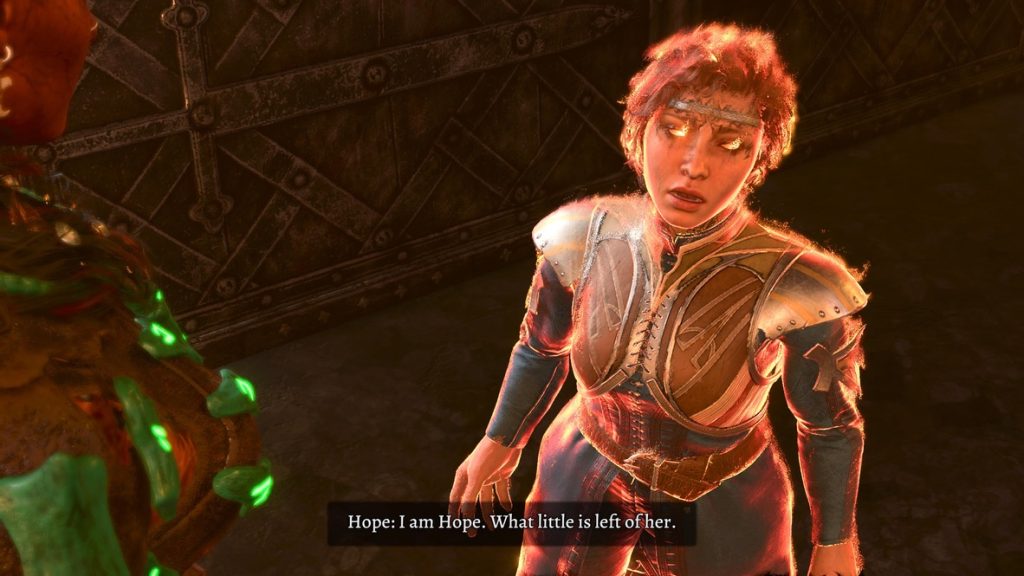
If you hoped Bill would give up this Baldur’s Gate 3 fixation any time soon, mods have dashed it.

What’s a “mod”?
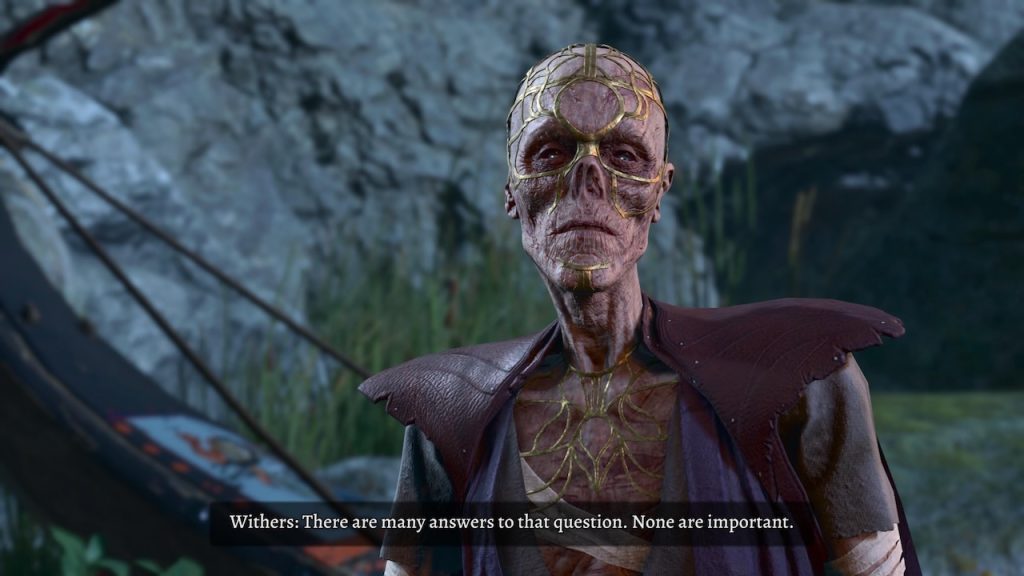
If you already know this, skip to the next section. (Unless you like to look at the photos, or bask in the cozy warmth of my writing style.)
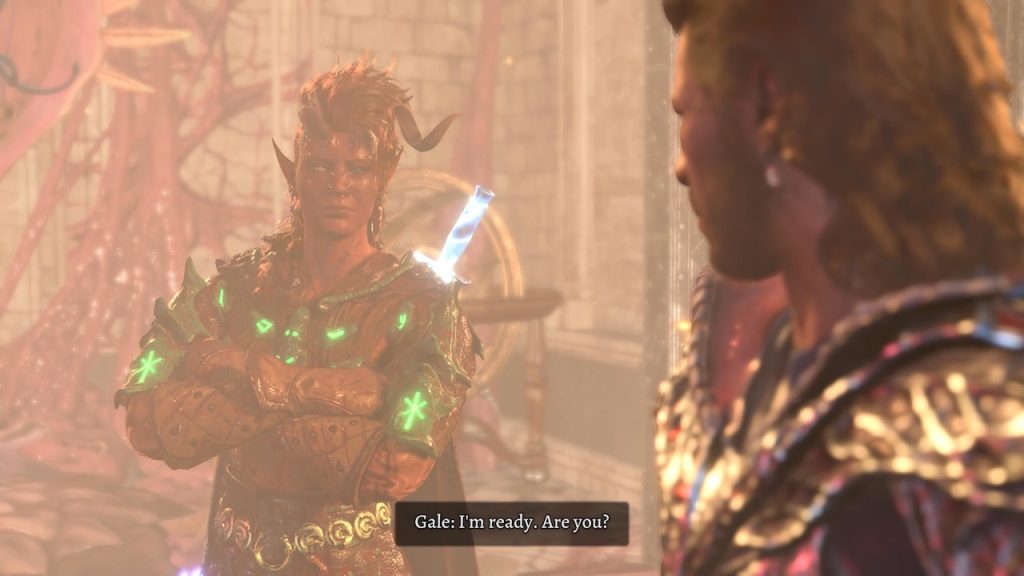
After a video game is formally released, a game’s creator will often issue some kind of update to the released version. Depending on the degree and purpose of the update, it might be called a “patch”, a “hotfix”, or a “DLC” (for downloadable content”). If you’re curious, you can see a list of all the updates Larian made to BG3. (I’ll discuss one of these updates, Evil Endings, in my playthrough 12 write-up.)
A “mod” (short for “modification”) is an update to the game that’s made by someone who’s not the game’s creator.
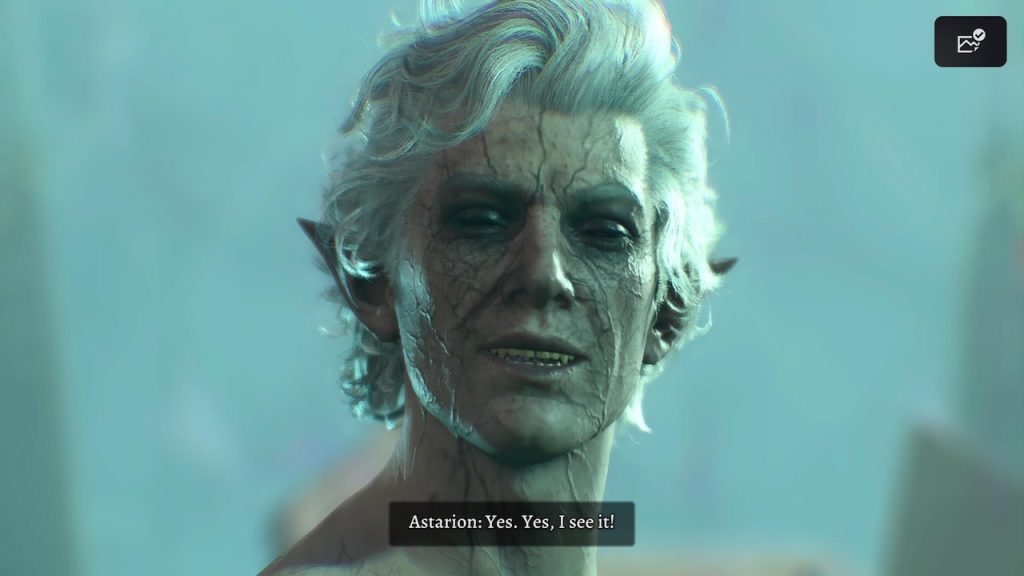
Computer video-game mods have existed for decades. One of the largest mod repositories is Nexus Mods. If you visit that site, you’ll see that folks have created hundreds of thousands of mods for thousands of games.

For the most part, video-game creators are OK with mods, as long as:
- no one asks the creator for technical support if there’s a problem with the mod;
- the mod’s author doesn’t charge for it.
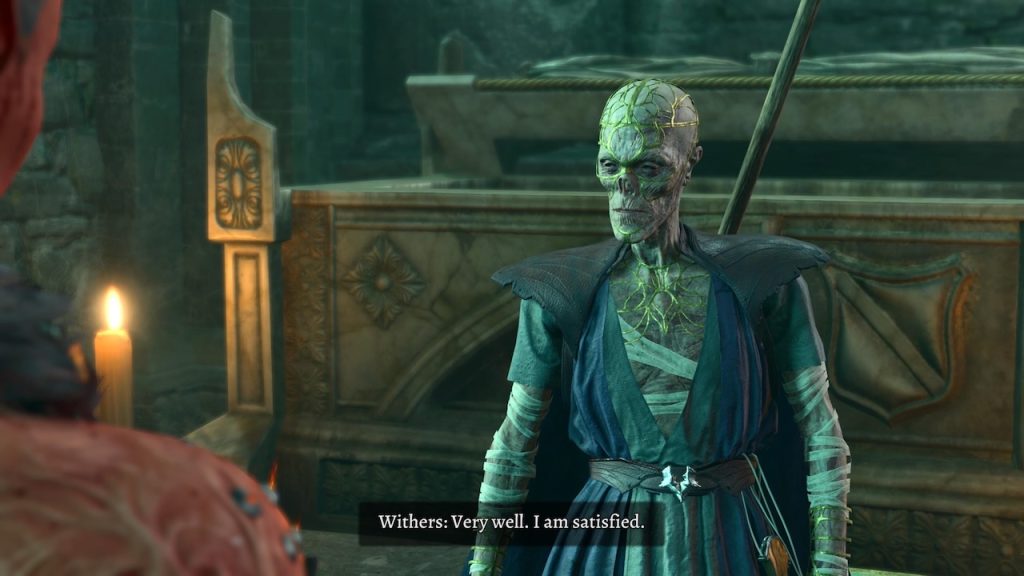
For some games, the opportunity for mods is obvious. For example, games like Doom and Portal consist of a sequence of levels and puzzles. A player may want to create new ones and share them with others. Occasionally a game’s developer will release their own level-design tools to make it easier for players create their own.
When I think of games and mods, the one that leaps immediately to mind is Skyrim. Modders have extended the game with new environments, quests, and entire campaigns.

If you suggested something like that was possible to me when I first played Skyrim in 2011, I would not have believed you.

BG3 mods
I never got involved with mods of any computer games before. When I first played Skyrim, mods for the game did not exist. When I played the game for the third time (Did you think BG3 was my first video-game obsession?) I played it on a Playstation console, and Skyrim mods for consoles were not yet available.
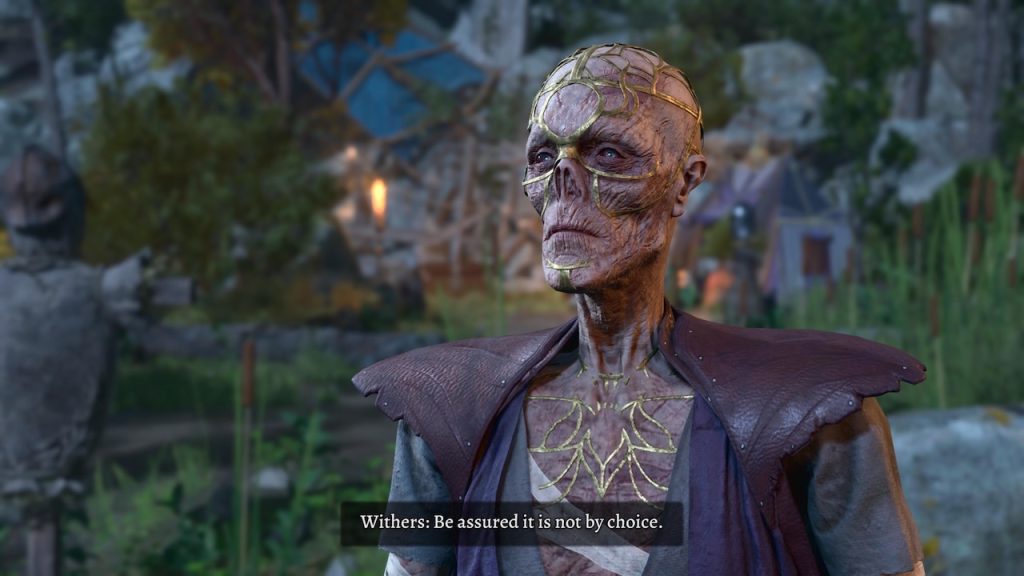
Mods for Baldur’s Gate 3 were being developed by players even before the game was released. As I went through my various playthroughs, I never thought I’d be interested in using any mods myself. For one thing, I play the game on my PS5; in other games it usually takes a lot of jumping through hoops to get a mod installed on a console game.
Then Larian announced that not only were they going to support mods for BG3, they were going to support them on consoles: XBox and PS5.
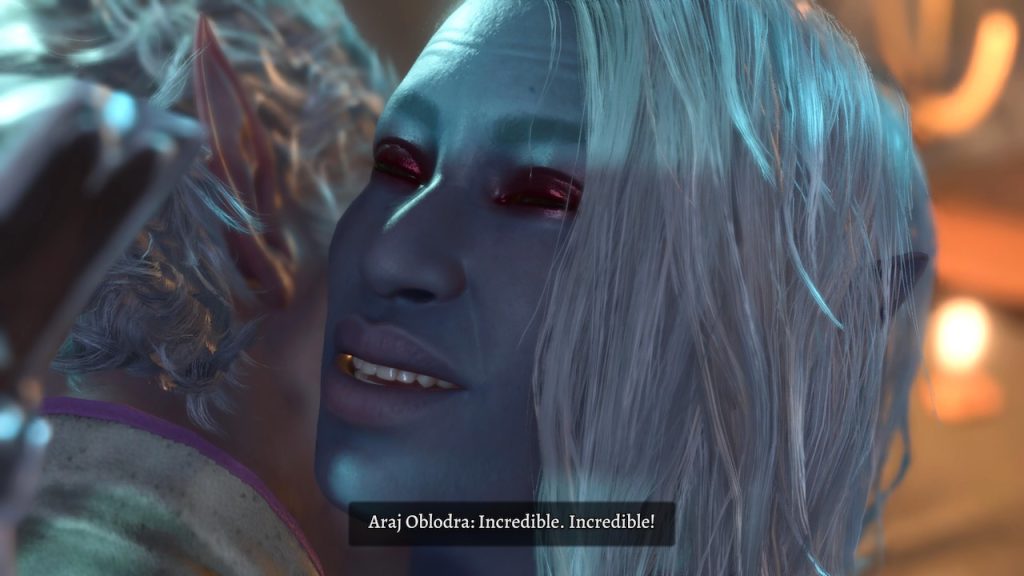
Again, I don’t have a finger on the pulse of the video-game industry. So take the following with a grain of salt: I don’t think any game company has supported the community of mod creators and players more than Larian has.
They incorporated a Mod Manager within the game so that ordinary players could manage them without getting involved in copying files into nested directory hierarchies on their systems. They included the Mod Manager in the console version of the game. They published a toolkit to facilitate the creation of mods.
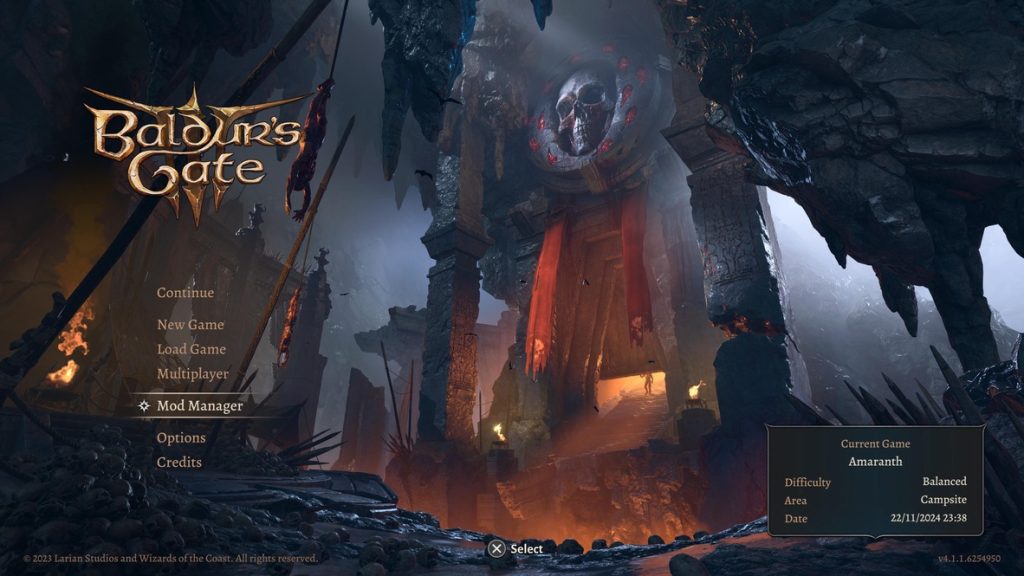
They also curate the mods that are available via their Mod Manager, at least to the extent that they make sure they won’t immediately crash the game or make it unplayable. (They don’t “cross-curate”, meaning that there’s nothing that prevents you from installing mods that are incompatible with each other.) Mods for consoles have to be structured differently for technical reasons, so they have a separate validation process for console mods and will make sure that consoles will only download mods designed for them.
If anyone does not like Larian’s validation process for any reason, sites like Nexus Mods and mod.io are still there. Once more, Larian offers you a choice.
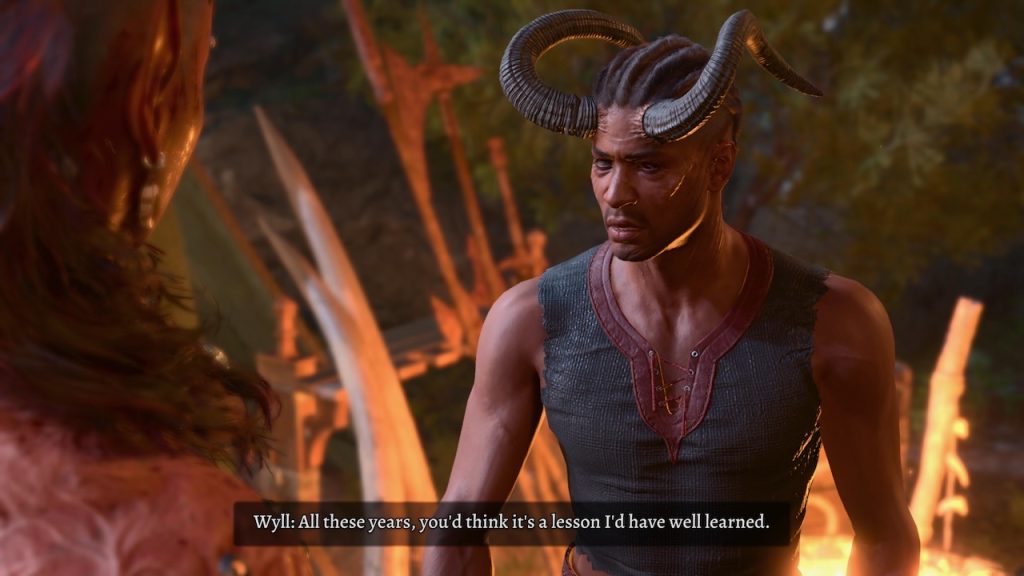
The big bonus: They’re doing all of this at no additional charge, either to the players or the mod creators.
This is amazing. They’re certainly building a tremendous amount of good will in the gaming community. Their next game would have to crash the system every five seconds in order to keep people from buying it.
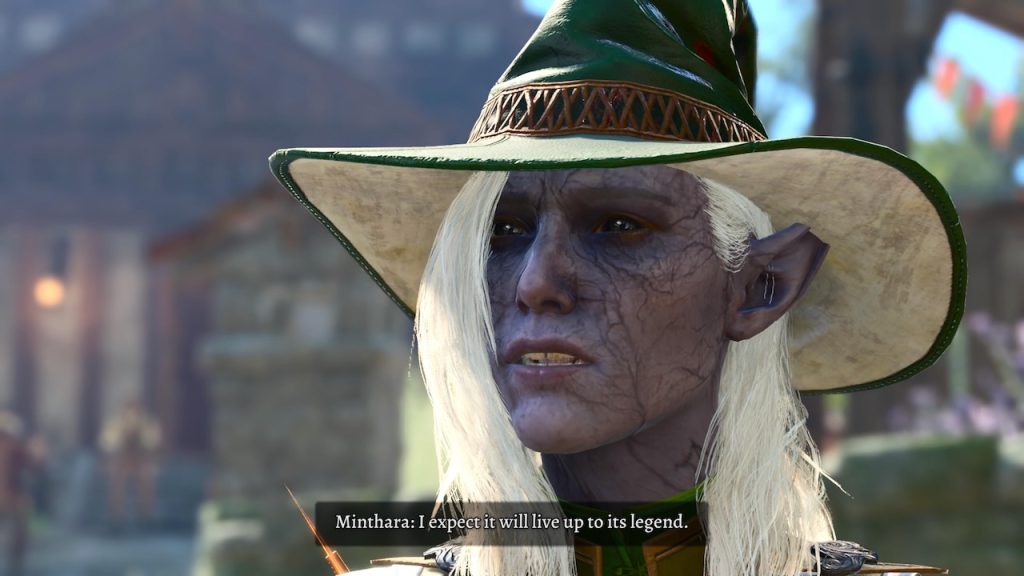
What mods do I use?
When I first heard that BG3 was going to support mods, I had a “ho-hum” reaction. It seemed to me that either they’d purely be cosmetic (you could make all your characters look like Astarion), or they’d just make the game easier.
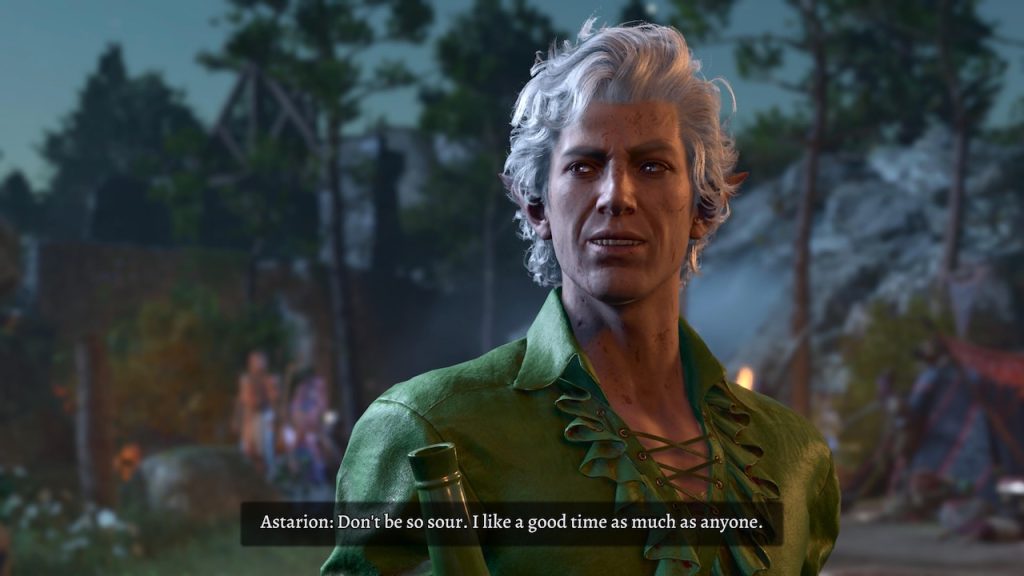
Then I looked over the list of available console mods.
Yes, all sorts of cosmetic mods are there. Though I saw no need to install a mod that puts giant rabbits all over the landscape, a couple of them appealed to the “Barbie dress-up” side of me; we’ll get to that below. And there’s something to be said for a mod that makes the game more visually attractive, such as using differently-colored dice.
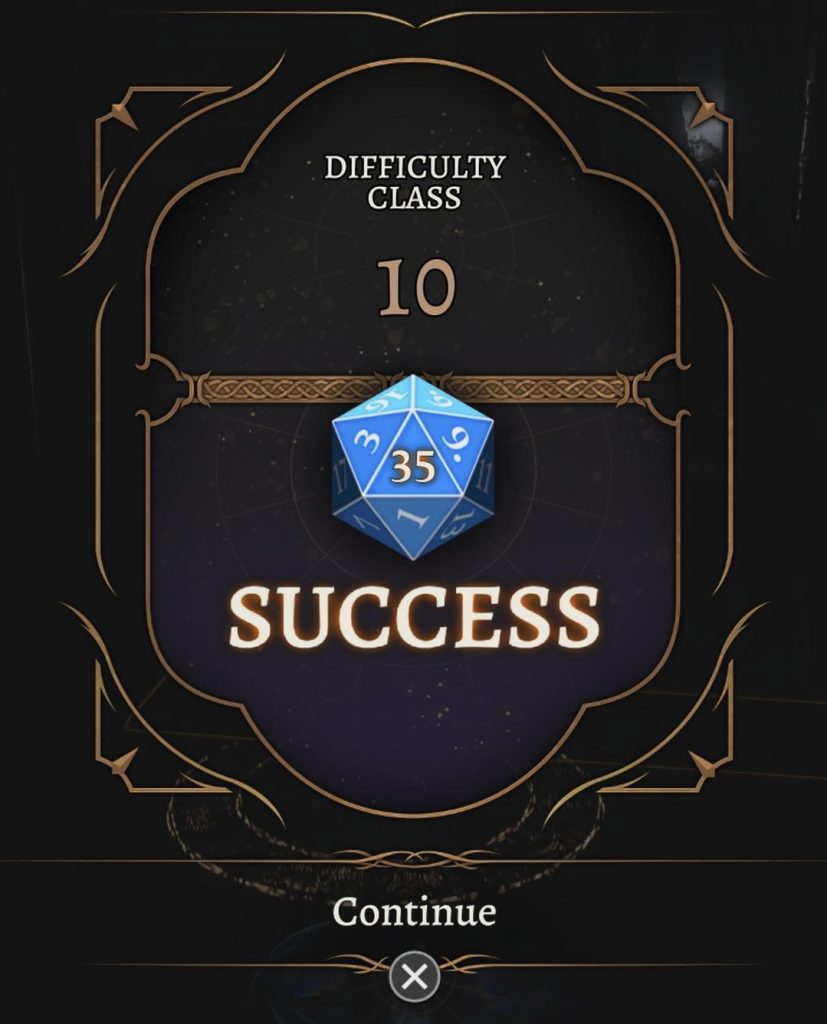

I already play the game on Balanced difficulty, which makes the game relatively easy. Why would I need a mod to make it easier still?
Then I saw that, while there are many mods that make the game easier in one way or another (e.g., make items weightless so you don’t have to spend time with inventory management), there are those that add an intriguing element to the game: New spells and character classes.
I went from a mod skeptic to a mod accepter.
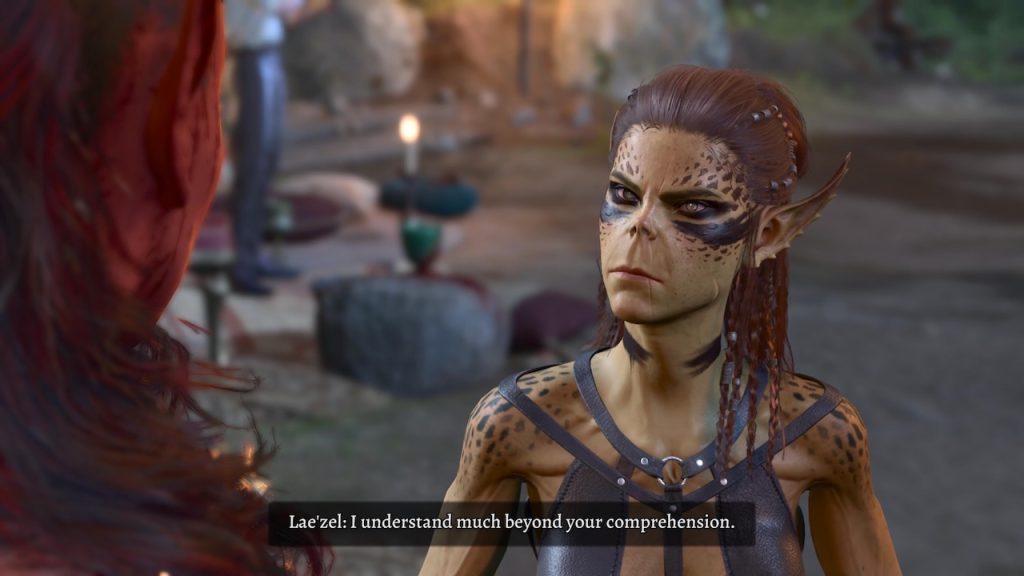
I primarily play BG3 to explore variations on the story. Modders are already working on campaign extensions, which I hope will be on the scale of those available for Skyrim. If the modders can craft an interesting, multi-branching storyline, I may be returning to BG3 for quite some time to come.
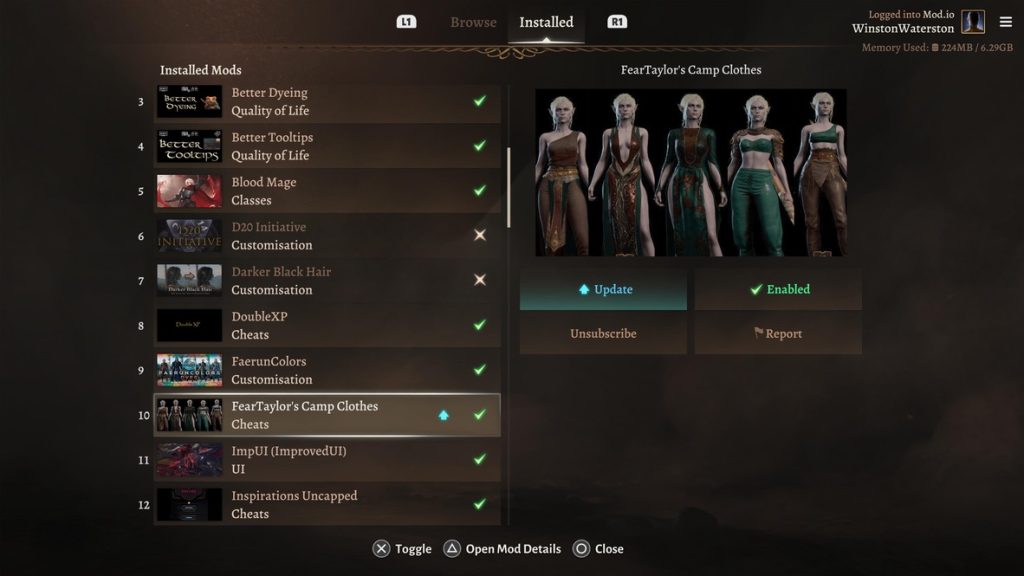

I’m not going to list all the mods I use. These are the ones I feel are the most significant to my enjoyment of the game.
Customization
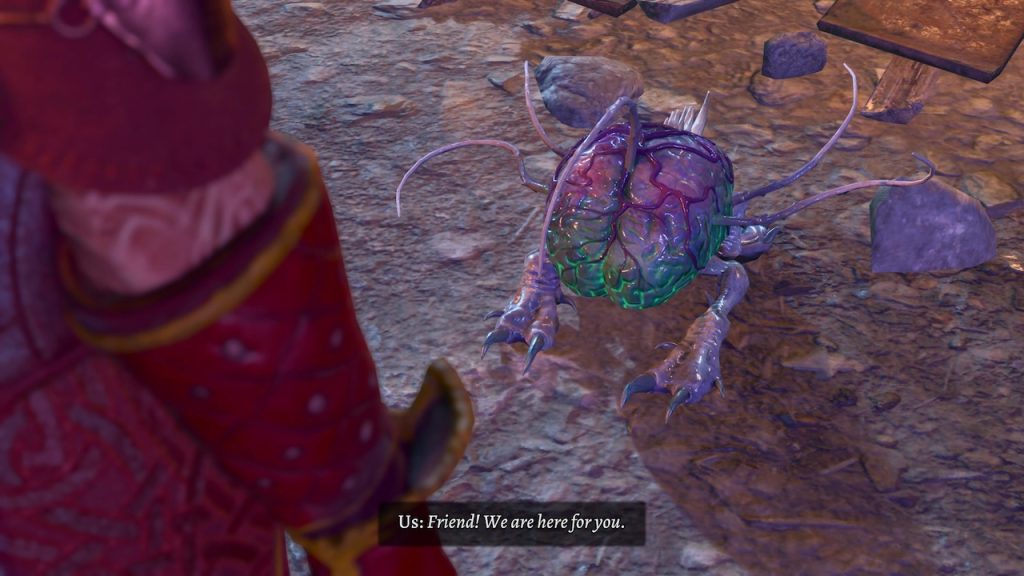
Even before the mods, I was playing around with applying dyes to give armor a distinctive look.
FaerunColors adds several dozen new dyes to the game. Unlike the standard game’s dyes, they don’t cost anything and you get an unlimited supply.
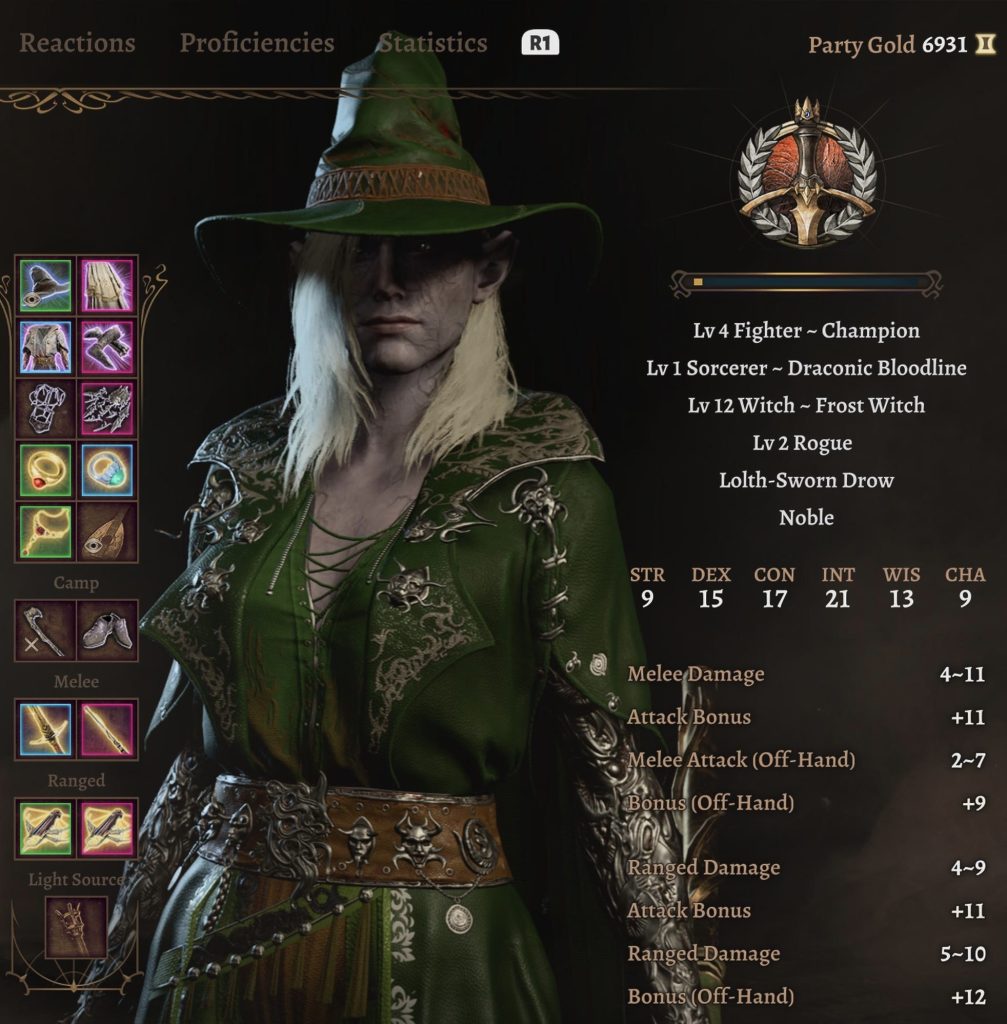
FearTaylor’s Camp Clothes adds hundreds of new clothing options, effectively letting you choose the look of your character no matter what armor they wear.

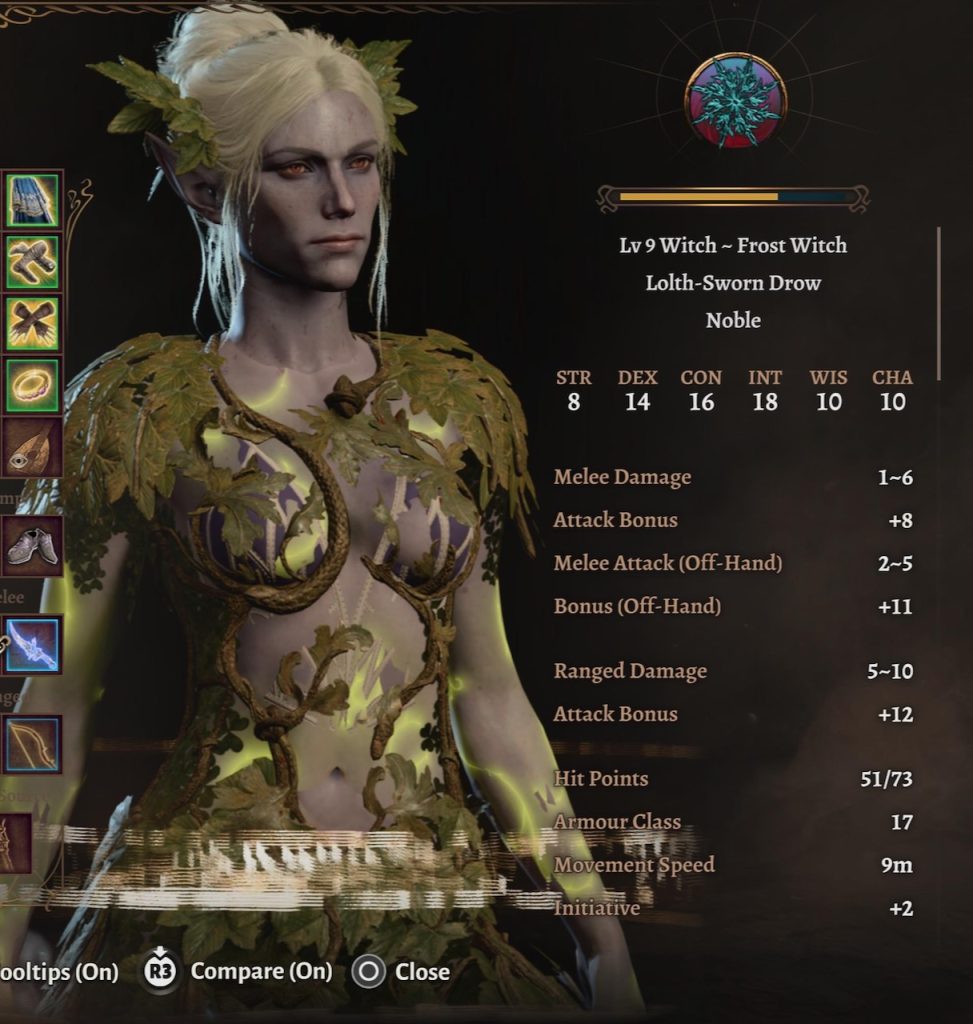

Classes
Mods can add new classes to the game. Some of the new classes are from D&D extensions that were not included in BG3, others are completely original with the mod authors.
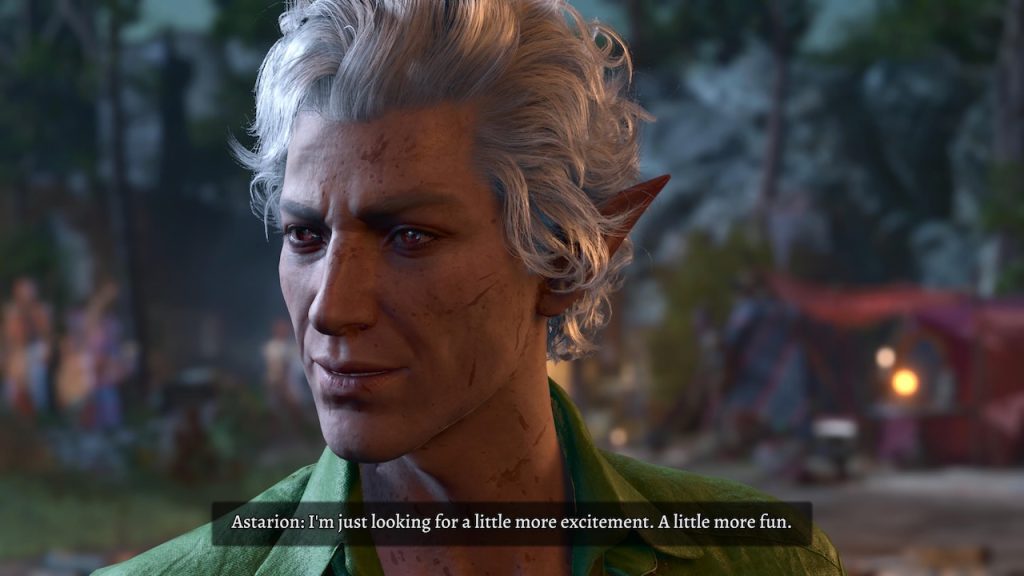
As I said, while I play BG3 for the story, additional classes add some variety as I explore story options in each playthrough. Also, I’ve griped about how much I dislike the spell-slot system; the Mystic and Witch classes use a point-based system for their magic spells that’s close to the mana-point system I prefer.
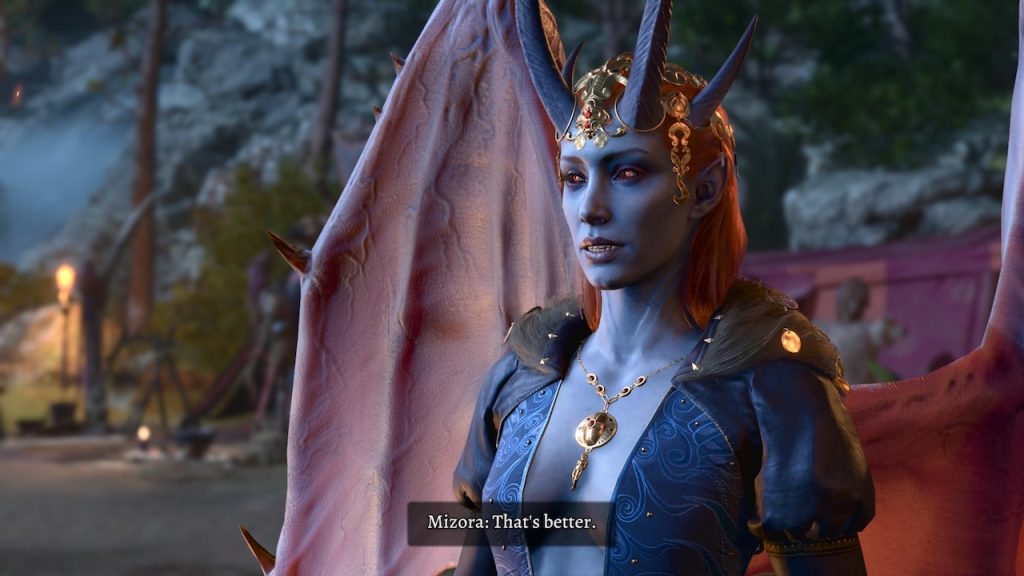
In the base BG3 game, the characters can’t go higher than level 12. This was because in D&D the ability rules grow even more complex above that level. It’s a wonder that Larian was able to incorporate all the varied spell effects and interactions with the physics of the game world in their existing spells; e.g., an Ice Storm can damage characters, and destroy some objects, and create an icy surface, and does double damage to characters who are wet, and so on.

The UnlockLevelCurve mod allows characters to continue to level from 13-20. It does not implement the additional spells and rules in D&D for those levels. However, the characters continue to accumulate hit points and gain spell slots. For example, a 19th-level Wizard can upcast their spells to 9th level (the normal limit is 6th level).

The Witch class can’t accommodate the additional levels, but the Mystic and Blood Mage can. This gives me some incentive to try these classes with the new level mod.
In playthrough 11, even with an aggressive pursuit of Experience Points, I couldn’t get the characters above level 19. For playthrough 12, I’m going to use the DoubleXP mod and see what life is like at level 20.
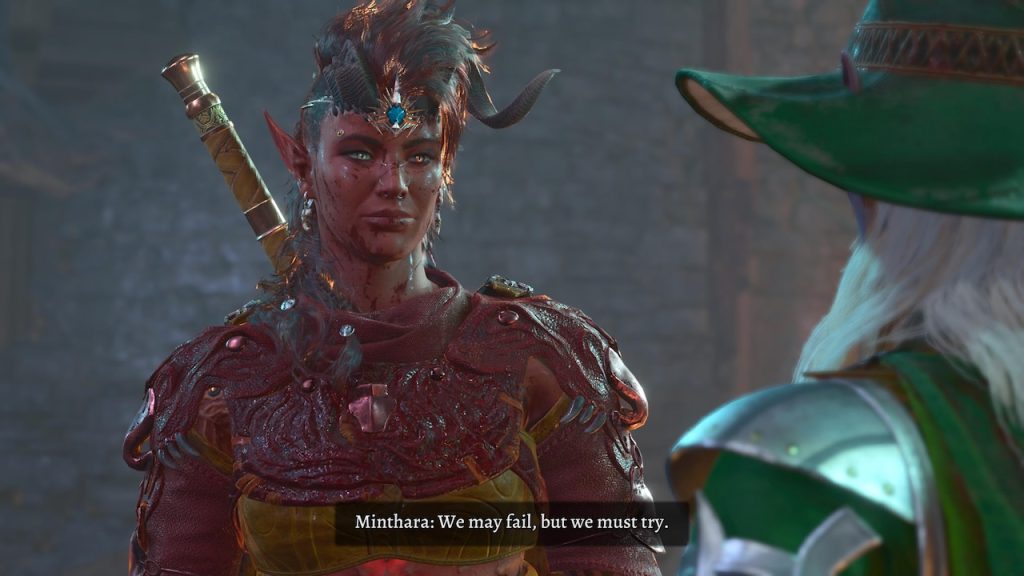
Cheats
In normal BG3, the maximum size of your party is four, not counting beings like Elementals and Scratch who are summoned. The Adjustable Party Limit mod allows you to increase that limit.

I used this mod to make the videos in Barding it. One thing that I didn’t mention in that post was that as soon as I set up the six-member party, the characters started chatting with each other.
In games like the Baldur’s Gate series with multiple party members, it’s common for the creators to have the party members banter with each other.
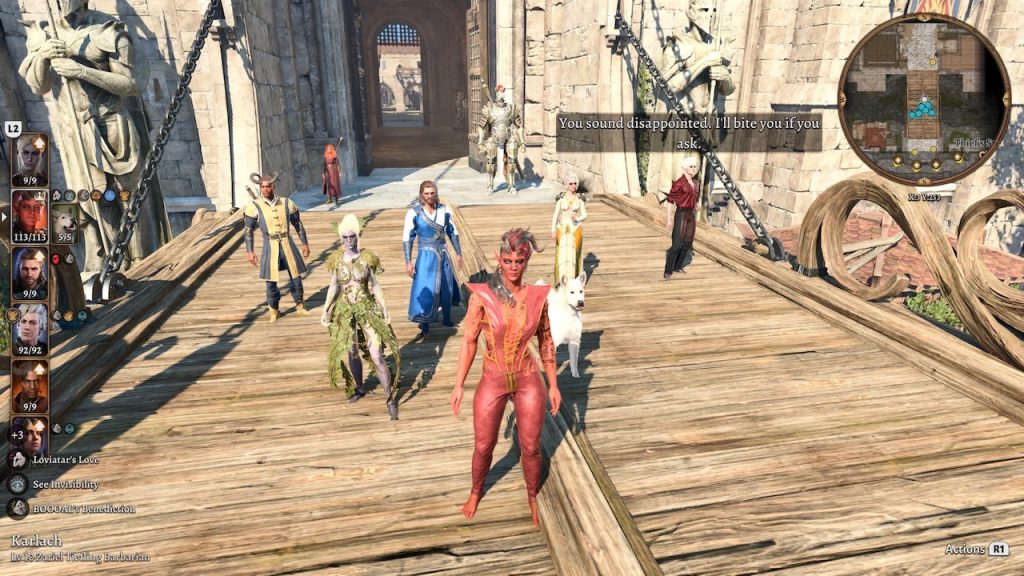
However, a given scripted conversation can only occur if the relevant characters are present. The reason why characters began speaking to each other in the party of six is that they never before had the chance. For example, both Wyll and Gale are spellcasters, so it’s quite possible I never had both of them in the same party before.
Therefore, playthrough 12 will be a “banter run.” Using Adjustable Party Limit, I plan to have all the game’s playable characters in the same party at once. The goal is to hear most of the available inter-character conversations in the game.
This implies that playthrough 12 will be another “good” playthrough. If you make “evil” choices as you play the game, some of the characters will leave the group.
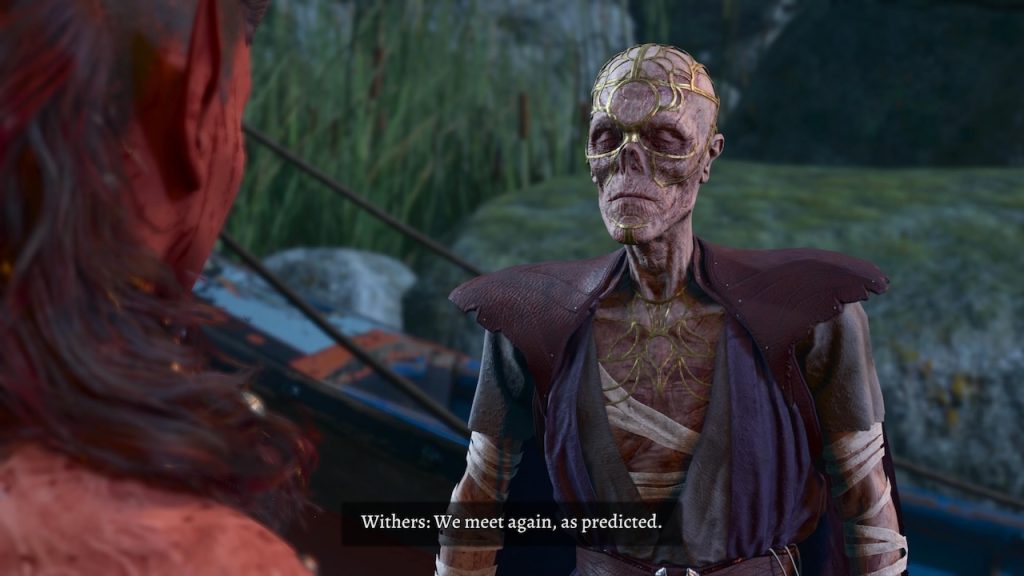
I’ve already started playthrough 12. Only a couple of hours into the run, I’ve accumulated a party of six characters. By the time I’ve reached the end of the game, there’ll be eleven.

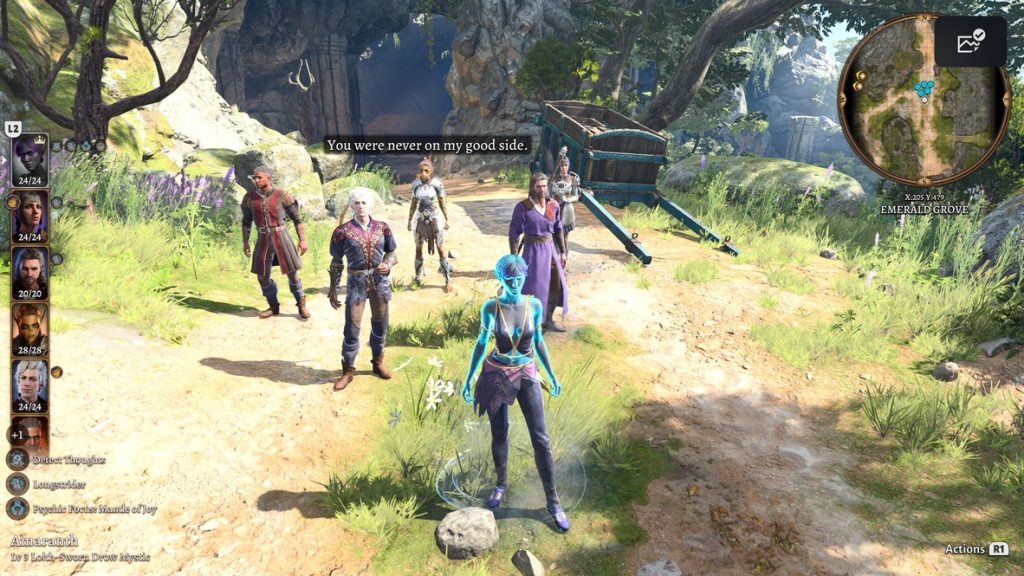
This will also make the game very easy, since I’ll have many more allies on the battlefield. There’ll be no need for the exotic builds like the ones I’ll describe in my next post. I’ll simply level them uniformly in their story-established character class; e.g., Shadowheart will eventually be a level 20 Cleric.
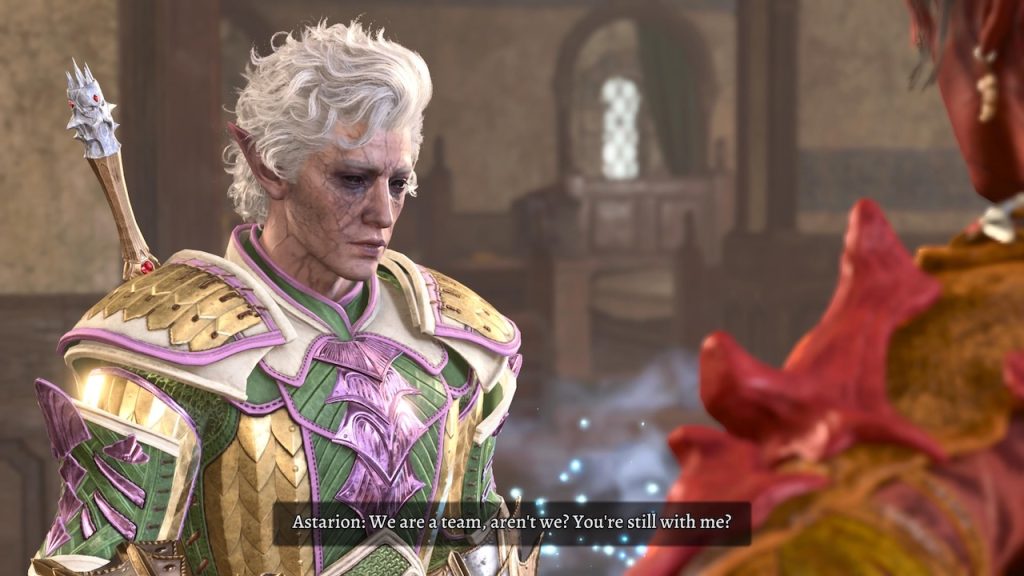
The only fancy build-related thing I’ll do is try the Mystic class for the first time.
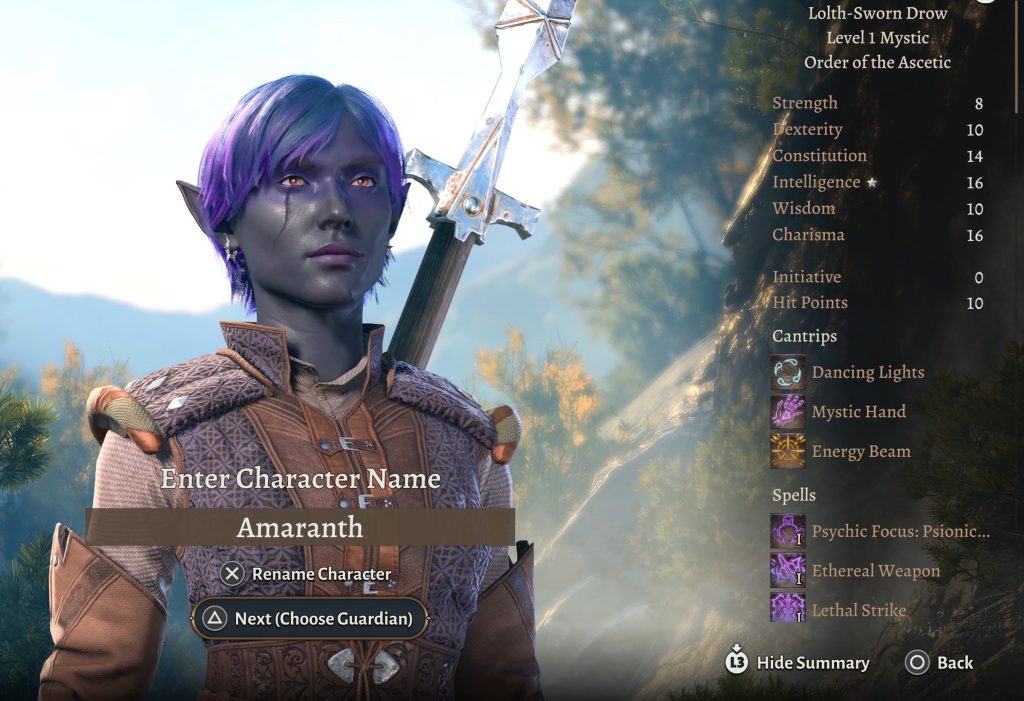
In my next post, the last for playthrough 11 explicitly, I’ll go over what I’ve learned from this playthrough, apart from the utility of mods and how to start a band.
Pingback: Using BG3 to understand Mac OS face recognition – The Argothald Journal
Pingback: 46! – The Argothald Journal
Pingback: 57! – The Argothald Journal
Pingback: 59! – The Argothald Journal
Pingback: 67!! – The Argothald Journal
Pingback: Baldur’s Gate 3 – Playthrough 12 – Banter – The Argothald Journal
Pingback: Baldur’s Gate 3 – Playthrough 12 – Relationships – The Argothald Journal
Pingback: Baldur’s Gate 3 – Playthrough 12 – Mods – Party of 14 – The Argothald Journal
Pingback: Baldur’s Gate 3 – Playthrough 12 – Wrapping it up – The Argothald Journal
Pingback: Baldur’s Gate 3 – Playthrough 13 – Wicked – Evil – The Argothald Journal
Pingback: Baldur’s Gate 3 – Playthrough 2/14.5 – Raelia and Tavelle – The Argothald Journal
Pingback: Preserving BG3 game saves made on PS5 – The Argothald Journal
Pingback: BG3 – Alternatives to Fly – The Argothald Journal
Pingback: Baldur’s Gate 3 – Playthrough 3’ – Tav and Trophies – The Argothald Journal